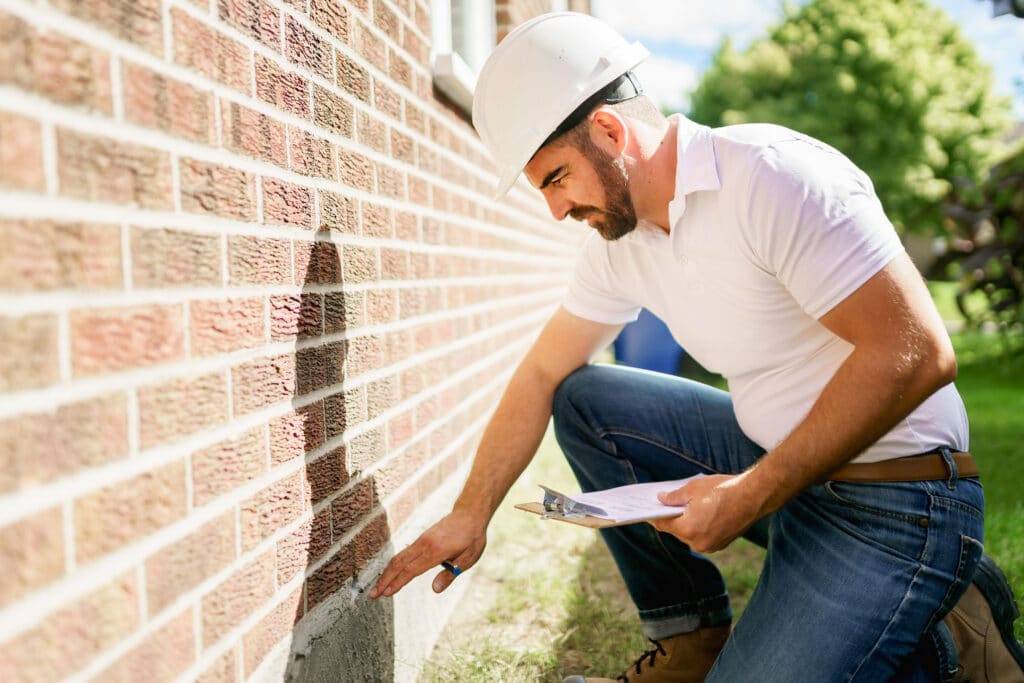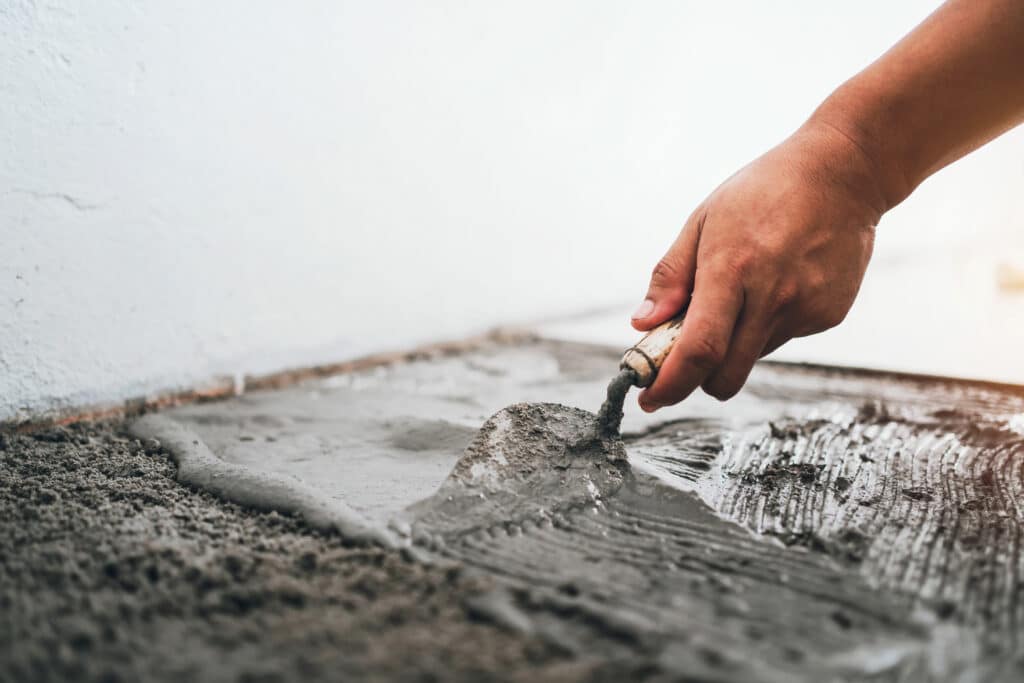Common Causes of Foundation Problems in Louisville
A few factors can contribute to foundation issues. These are the most widespread ones for Louisville residents:
- Aging plumbing: The average Louisville home construction year is 1969. If you live in an older home, it's likely to have cast-iron plumbing. When the pipes start eroding, leakage could reach your foundation and even pool beneath it.
- Soil composition: Soil with large clay or sand concentrations is highly expansive. In the heavy rainfall Louisville gets, the soil soaks up moisture like a sponge, then releases it in dry seasons. The constant expansion and contraction puts pressure on nearby foundations, even if the foundations keep dry.
- Improper modifications: Landscaping or roofing work that wasn't done properly could result in your foundation settling.
- Tree Roots: Tree roots can enter a home's foundation through crevices, and may exert pressure that causes your foundation cracking, pipes rupturing, and overall structural weakening.
How to Choose the Best Foundation Repair Company
When choosing a foundation company, you should consider your personal priorities. Ask each contractor on your list about the following qualities.
Licensing and Experience
While the Commonwealth of Kentucky doesn't issue state contracting licenses, this doesn't make foundation repair companies exempt from local requirements. Different cities and counties each have their own licenses and standards. Before you begin contacting companies, we encourage you to speak with your local building department about requirements and regulations. To further understand your contractor's experience, we recommend asking questions about how its team will draft plans and pull permits, what local codes apply to your project, and how the company inspects foundations.
Contractor websites are excellent places to do your research. Usually, a business will display how long it's been in business. It might also publish blog posts to help interested parties.
Customer Reviews
We advise examining the company's Better Business Bureau (BBB) profile to determine whether it's accredited and has a positive customer review score. You can check whether other homeowners have expressed satisfaction or filed complaints. Pay special attention to what customers say about company warranties. Complaints aren't necessarily a red flag in themselves. You want to discover how a company responds to them. If the management team consistently and proactively resolves issues, it's a good sign. However, if the company lacks accreditation, shows more negative reviews than positive ones, and doesn't communicate well, you should avoid working with it.
Finally, we recommend you search other platforms, such as Trustpilot and Google, for more opinions.
Foundation Repair Cost in Louisville
The price of foundation repair can differ quite significantly depending on the extent of the issues and what's necessary to resolve them. For minor foundation cracking and settling concerns, you may pay as little as $1,800. However, if there is substantial deterioration, the average cost lands at about $2,600. More complex projects involving excavating, helical piers, or major mudjacking could cost upwards of $6,800. See below the average foundation repair costs for common issues.
| Common Foundation Repair Services | Average Cost |
|---|---|
| Crack Repair | $318 |
| Leak Repair | $2,506 |
| Stabilization | $4,304 |
| Underpinning | $1,222 |
| Waterproofing | $2,763 |
Ready to Get a Quote on Your Foundation Repair Project?
Please enter a valid 5-digit zip code!
Frequently Asked Questions About Foundation Repair in Louisville
How much does foundation repair cost in Louisville?
Can a foundation always be fixed?
What's the time to complete a typical foundation repair job?
Will my homeowners insurance cover foundation repair?
To share feedback or ask a question about this article, send a note to our Reviews Team at reviewsteam@thisoldhousereviews.com.
More Foundation Resources
National Foundation Repair Ranking Methodology
Sources
U.S. Census Bureau (American Communities Survey)
















